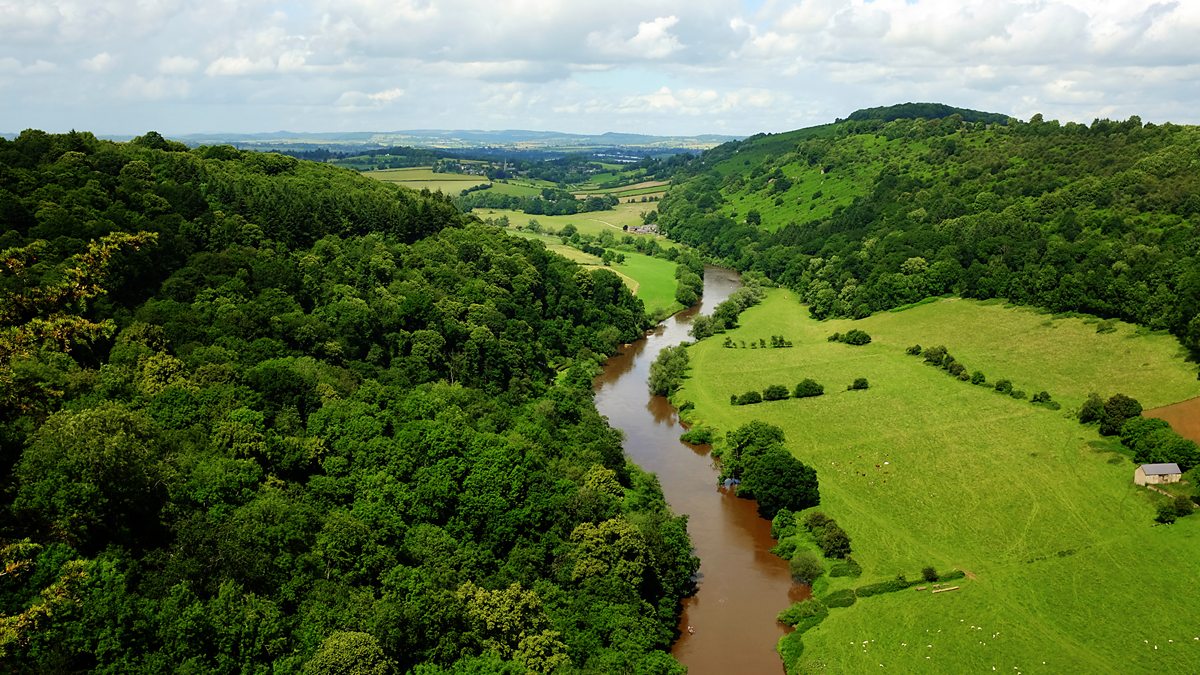
Photosynthesis powers plant life by converting light energy from the sun into chemical energy stored as glucose, which is used for growth and energy. During the process, plants take in carbon dioxide (CO₂) from the air and water (H₂O) from the soil, and, using sunlight, they transform these into glucose (C₆H₁₂O₆) and oxygen (O₂) as a by-product. Specifically, chlorophyll in chloroplasts captures sunlight and initiates this transformation, allowing plants to create their own food and release oxygen into the atmosphere[1][2][3][4].
Photosynthesis occurs primarily in two stages: light-dependent reactions and light-independent reactions (Calvin cycle). The light-dependent reactions require sunlight and take place in the thylakoid membranes of chloroplasts, converting light energy into chemical energy (ATP and NADPH). Then, during the light-independent reactions, this chemical energy is used to convert carbon dioxide into glucose[3][4].
Moreover, photosynthesis is crucial not only for individual plants but also for the entire ecosystem, forming the foundation of the food chain. Herbivores consume plants to obtain energy, while carnivores gain energy by eating herbivores, demonstrating the integral role of photosynthesis in sustaining life on Earth[3][4].
Get more accurate answers with Super Pandi, upload files, personalized discovery feed, save searches and contribute to the PandiPedia.
Let's look at alternatives:
- Modify the query.
- Start a new thread.
- Remove sources (if manually added).